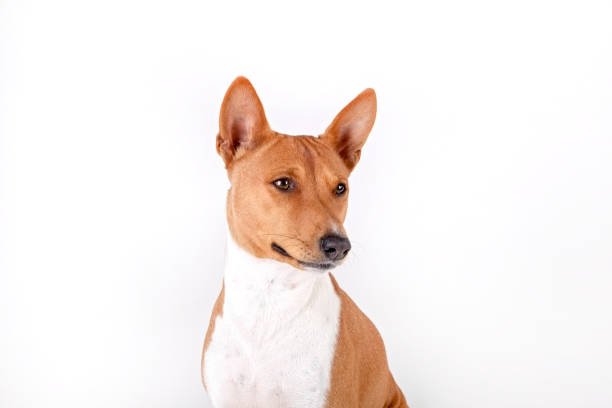Welcoming a new Basenji puppy into your home is an exciting time filled with joy and anticipation. However, one of the early challenges you’ll face is toilet training. Proper toilet training is essential to ensure a clean and comfortable living environment for both you and your furry friend. In this article, we will walk you through the steps to effectively train your Basenji puppy in toilet habits, helping you establish a strong foundation for a well-behaved companion.
1. Understand Your Basenji’s Nature
Before diving into the training process, it’s important to understand your Basenji’s natural instincts. Basenjis are intelligent and independent dogs with a keen sense of cleanliness. They prefer to keep their living area tidy, which can work in your favor during toilet training. By recognizing their natural tendencies, you can tailor your training approach accordingly.
2. Establish a Consistent Routine
Consistency is key when it comes to toilet training. Create a regular routine for feeding, playtime, and bathroom breaks. Take your Basenji puppy outside to a designated potty area after waking up, after meals, and before bedtime. Using consistent cues, such as a specific command or phrase, will help your puppy understand the purpose of the outing.
Set a Feeding Schedule: By feeding your Basenji puppy at the same times each day, you can predict when they are likely to need a bathroom break.
Choose a Potty Spot: Select a specific spot in your yard where you want your puppy to do their business. The scent will encourage them to associate that area with bathroom breaks.
Use Positive Reinforcement: Whenever your puppy eliminates in the designated spot, praise them enthusiastically and offer a small treat. Positive reinforcement helps reinforce the desired behavior.
3. Watch for Signs of Need
Basenji puppies exhibit certain behaviors when they need to relieve themselves. Pay attention to cues like restlessness, sniffing, circling, or whining. When you notice these signs, take your puppy to the designated potty area immediately. Prompt action will prevent accidents indoors and reinforce the connection between the behavior and the desired outcome.
Avoid Punishment: If accidents happen indoors, avoid scolding or punishing your puppy. This can create fear and hinder the training process. Instead, clean up the mess calmly and refocus on the training routine.
4. Crate Training
Crate training can be a valuable tool during toilet training. Basenjis are den animals and naturally avoid soiling their sleeping area. Use a properly sized crate to create a cozy space for your puppy. When confined to the crate, your puppy will learn to control their bladder and bowels, promoting better toilet habits.
Introduce Gradually: Make the crate a positive and inviting space by placing treats and toys inside. Gradually increase the time your puppy spends in the crate, ensuring they associate it with comfort.
Use Short Intervals: Puppies have limited bladder control, so avoid keeping them in the crate for extended periods. Take them outside for a bathroom break as soon as they are let out of the crate.
5. Patience and Persistence
Toilet training takes time, and each puppy progresses at their own pace. Be patient and celebrate even small successes along the way. Consistency and positive reinforcement will lead to gradual improvement. Remember that accidents are a normal part of the learning process.
Stay Positive: Maintain a positive attitude and avoid getting frustrated. Your Basenji puppy responds best to encouragement and a supportive environment.
Conclusion
In conclusion, training your Basenji puppy in toilet habits requires a combination of understanding their nature, establishing a routine, and using positive reinforcement techniques. By following these steps and adapting them to your puppy’s unique needs, you’ll create a strong foundation for a well-behaved and house-trained companion. With time, patience, and dedication, you’ll build a strong bond with your Basenji while ensuring a clean and harmonious living space for both of you.


